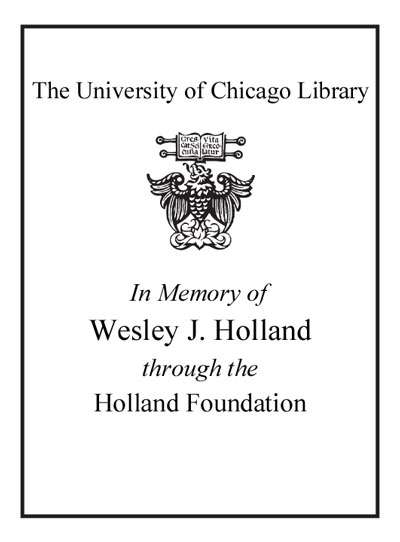| Summary: | Recent corporate failures and the global financial crisis demonstrate that complying with good corporate governance (GCG) best practices alone neither guarantee the potential benefits offered by these practices, nor protect a company from corporate failures. Offering an integrated solution for achieving GCG practices, this book adopts value-based management (shareholder value maximisation) and stakeholder approaches to demonstrate an integrated framework that incorporates risk management practices, accommodates external regulatory environments and addresses the importance of cost of capital. This book reports a study on computational optimisation modelling of financial statements based on the integration and foundations of accounting theories, financial engineering, risk management and corporate governance issues for the formulation of sound financial engineering and management strategies. Siti Nuryanah and Sardar Islam demonstrate an innovative model which applies a free cash flow (FCF) valuation and financial ratio analysis, and incorporates the external governance mechanisms reflected by capital market and regulatory environments, such as tax policy, accounting standards and practices, industry practices and market risks. In this important study, the authors examine how internal governance instruments such as leverage, executive compensation and risk management practices discipline managers in the process of shareholder value maximisation, and provide valuable insight into the importance of alignment of accounting standards with other regulations for measuring a company's financial health. The approaches explored in this book will be of value to anyone with an interest in GCG practices, corporate regulation and financial modelling. It would be a significant source of research for academics in these fields, as well as PhD students and post graduate students in relevant subjects.
|
|---|

